England Cartoon
- caricature /
- England Cartoon

In England, cartoons have a long history that stretches back centuries, originally starting as political and social commentary in newspapers and magazines. This form of art quickly became a popular way for people to understand current events and social issues.
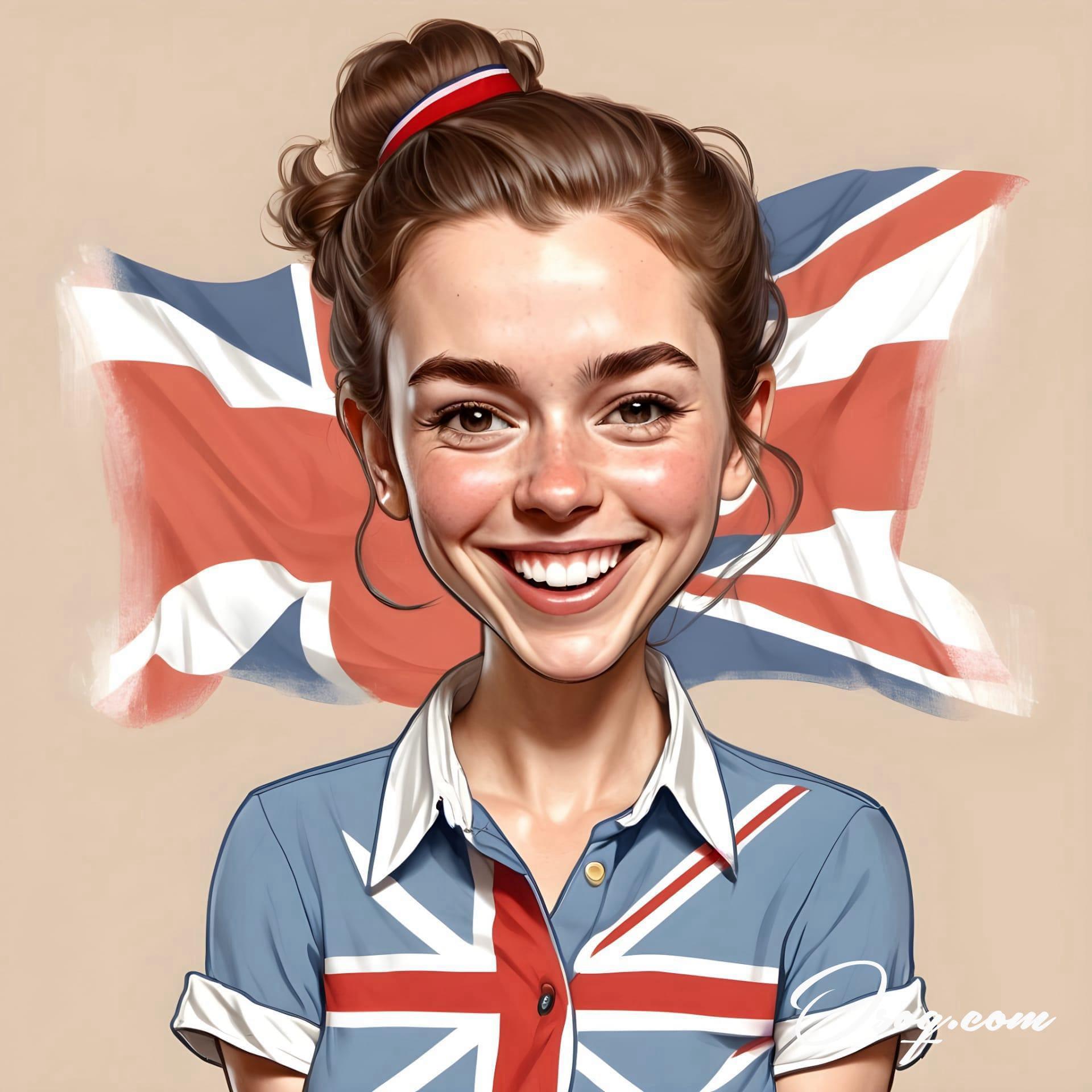
The term "cartoon" itself has an interesting origin. It initially referred to a full-size drawing made as a study or modello for a painting, tapestry, or stained glass. It wasn't until the 19th century that it began to be associated with humorous and satirical illustrations.
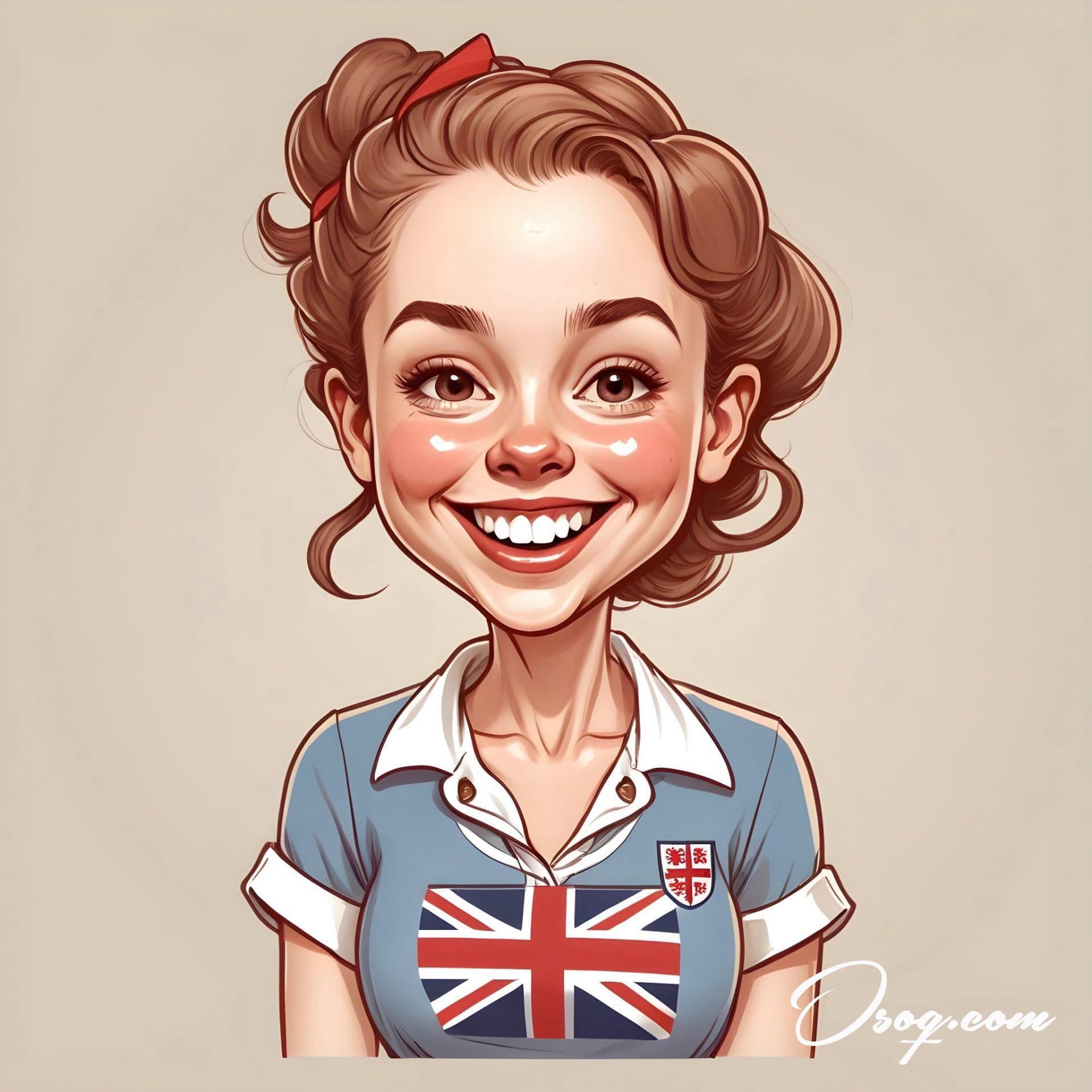
One of the most famous early cartoons is the work of William Hogarth, an 18th-century English artist known for his moral and satirical engravings. His series "A Harlot's Progress" and "A Rake's Progress" are considered precursors to the modern England cartoon.
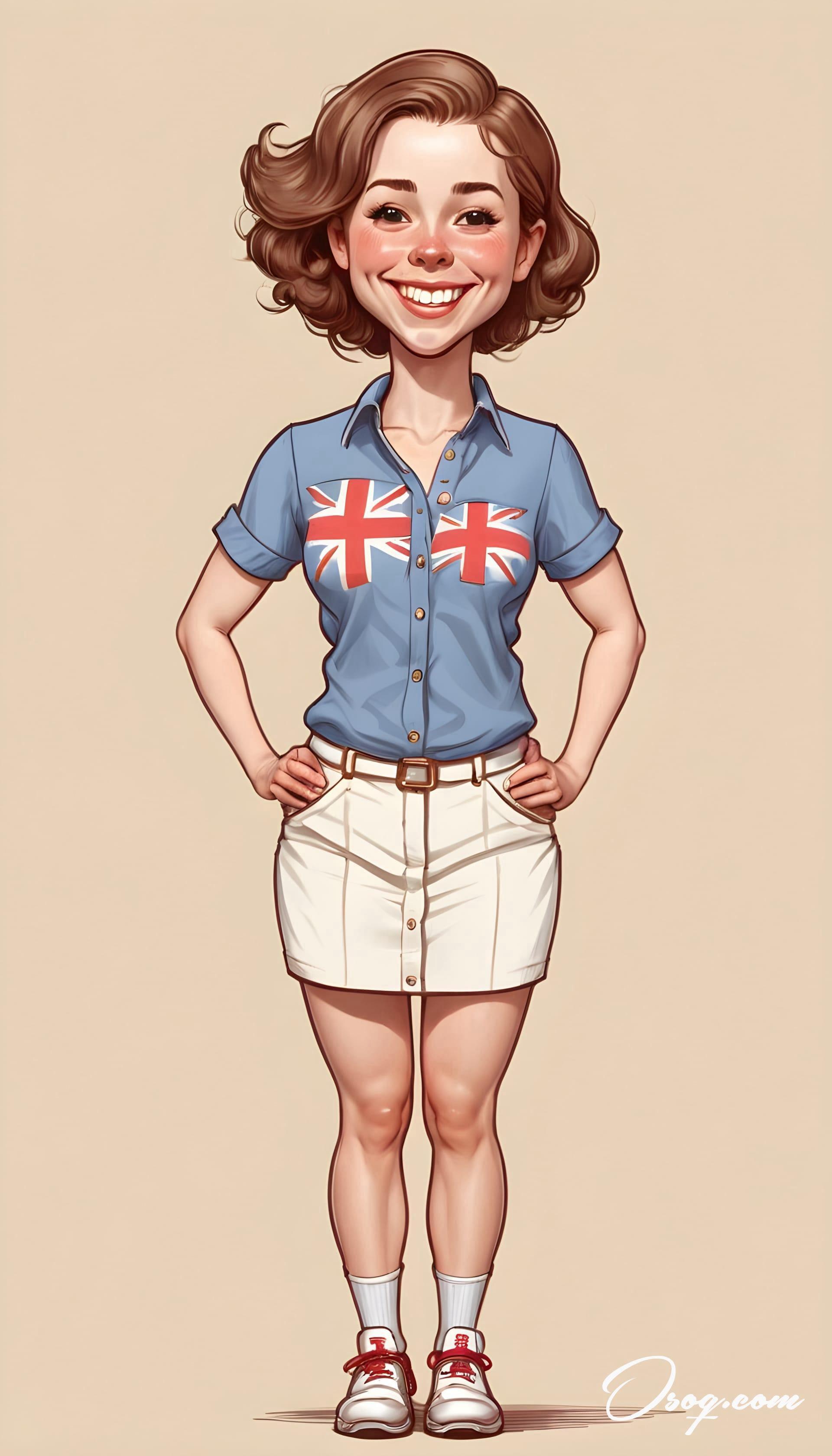
The Punch magazine, established in 1841, played a significant role in popularizing the term "cartoon" in its modern sense. The magazine featured satirical drawings criticizing and poking fun at contemporary politics and culture, becoming a staple of British humor.

In the 20th century, England Cartoon saw a shift with the introduction of animated cartoons. Characters like Paddington Bear and Wallace and Gromit have become beloved icons not just in England but around the world.
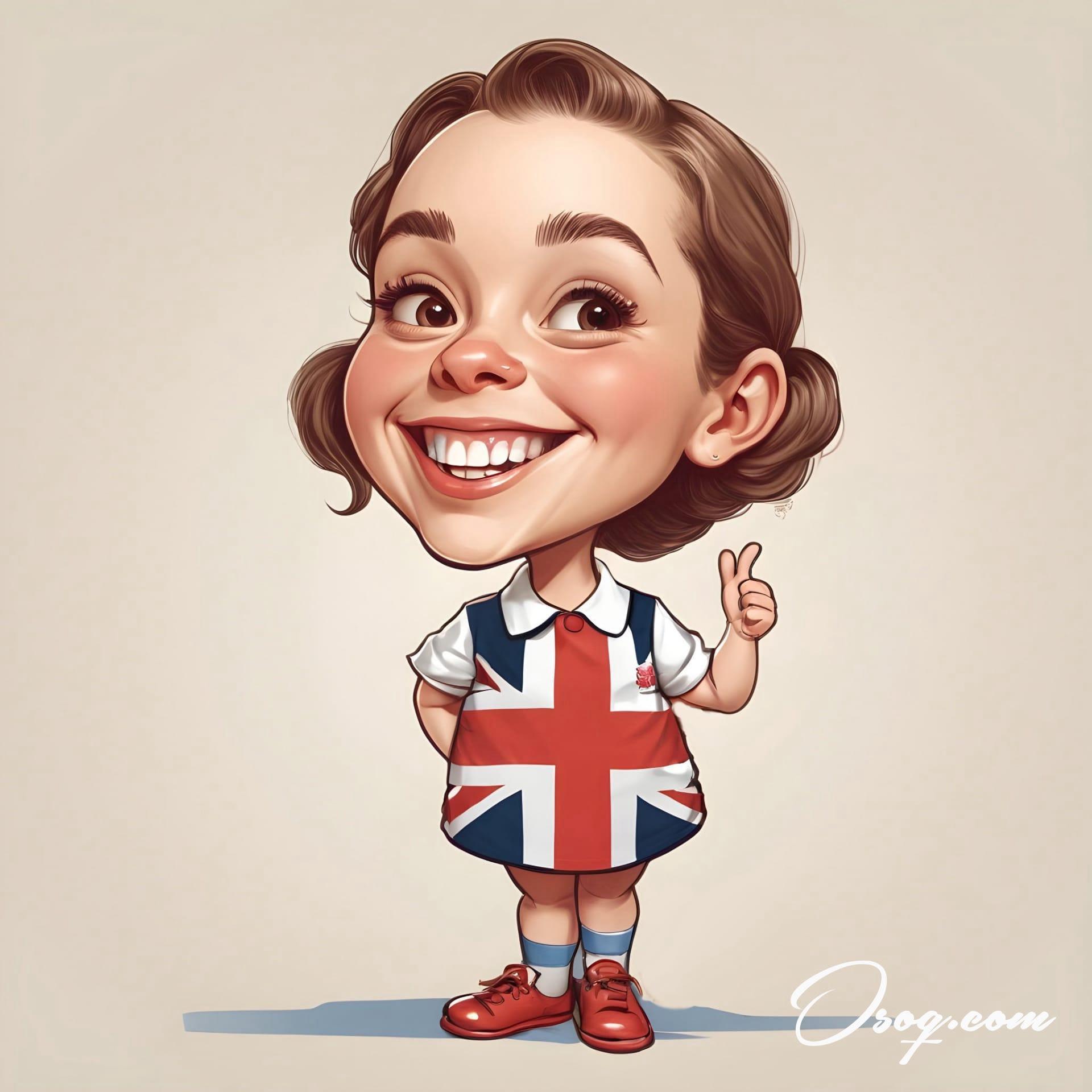
British cartoons are known for their dry wit and understated humor, often relying on subtle expressions and timing rather than overt jokes. This style reflects the British comedic sensibility and has influenced cartoons globally.
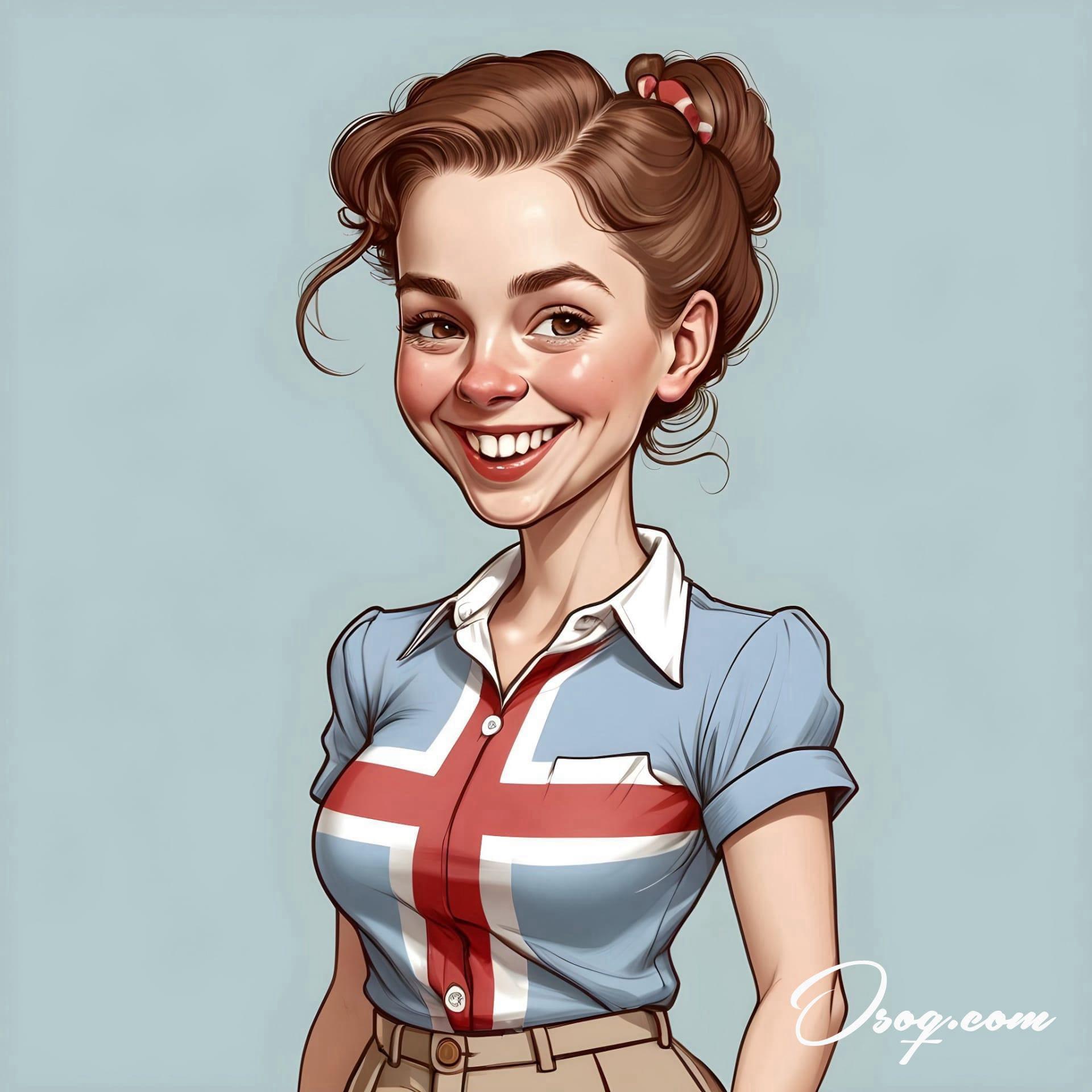
The Beano and The Dandy, children's comics founded in the late 1930s, became cultural phenomena in Britain. Characters like Dennis the Menace and Desperate Dan have entertained generations of British children.
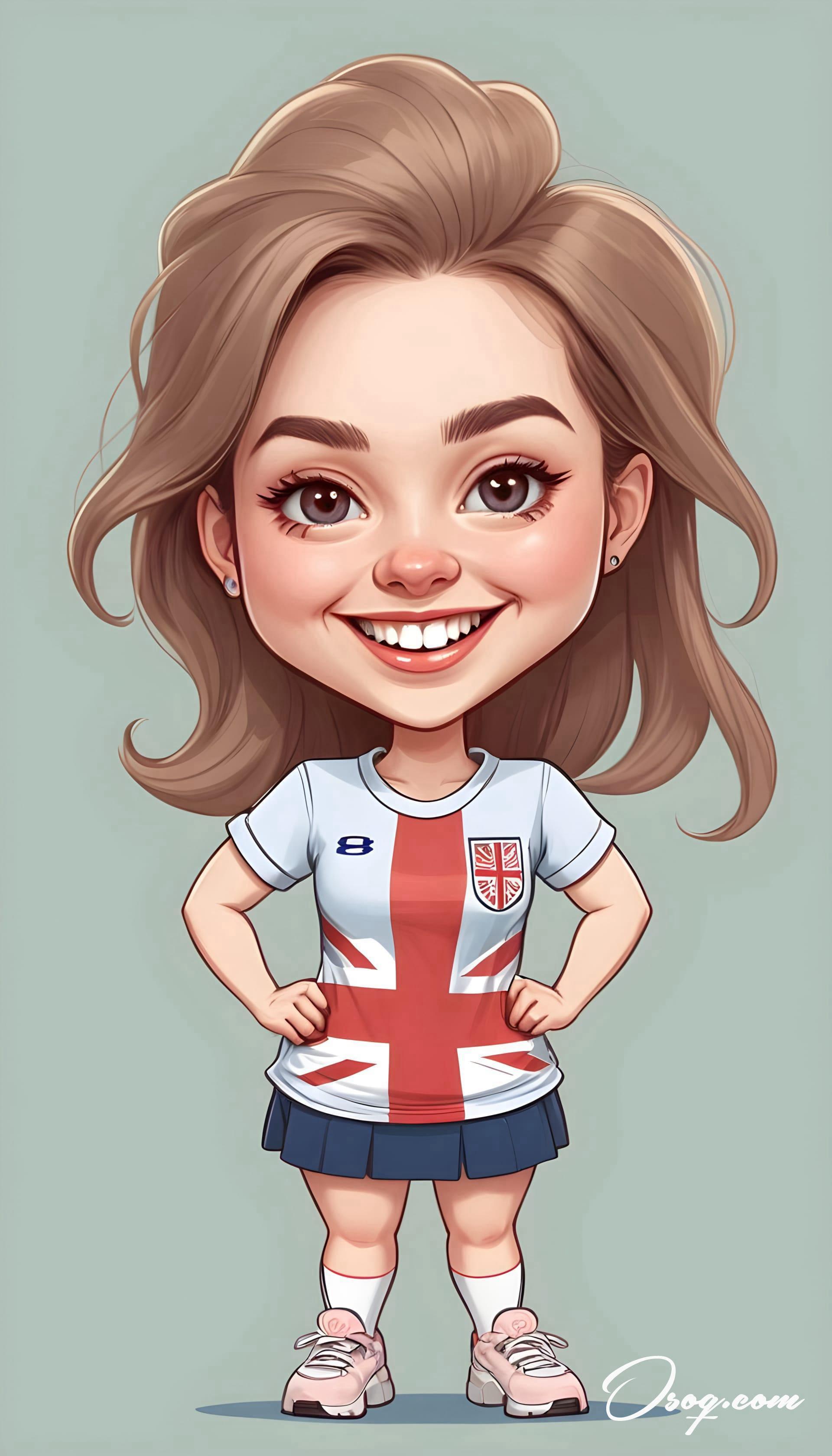
England's contribution to political cartoons remains significant, with cartoonists like Steve Bell and Peter Brookes wielding considerable influence through their work in major newspapers, illustrating the power of cartoons to shape political discourse.
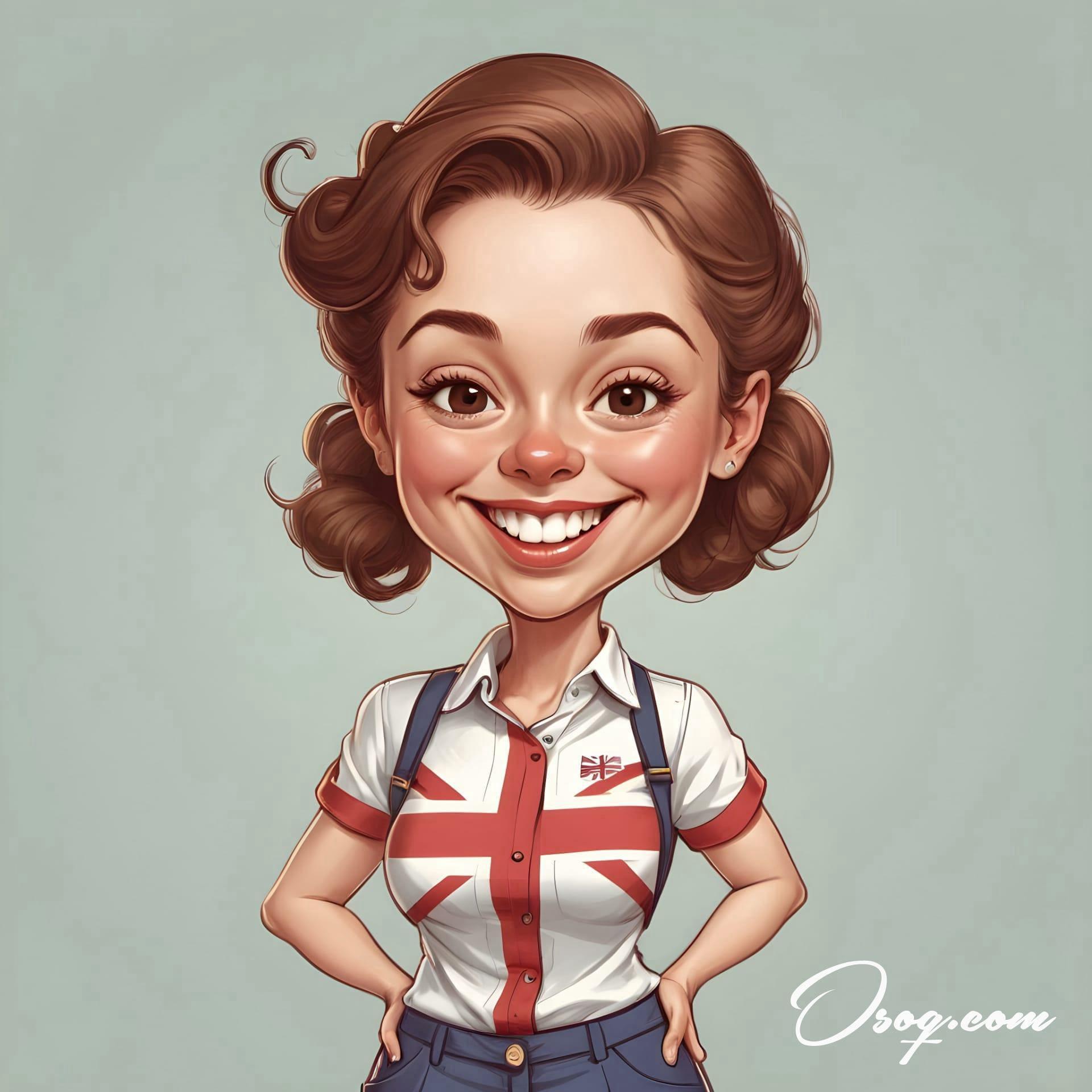
Graphic novels, a more recent evolution of the cartoon and comic book medium, have seen significant contributions from British creators. Works like "V for Vendetta" and "Watchmen" by Alan Moore have received critical acclaim worldwide.
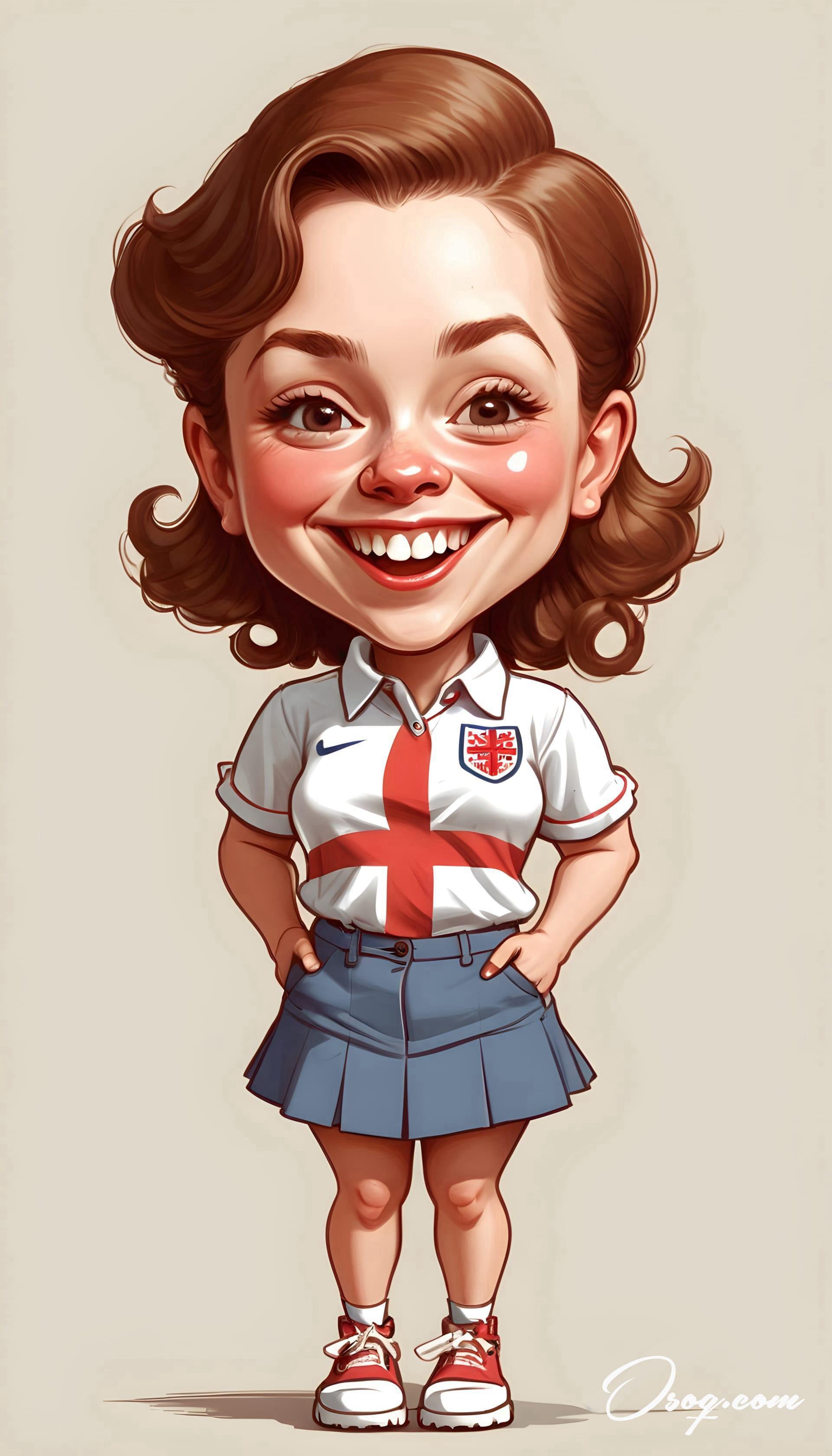
The England cartoon industry has also made notable strides in addressing social and environmental issues, using the medium to raise awareness and promote change in a way that's accessible and engaging to a wide audience.
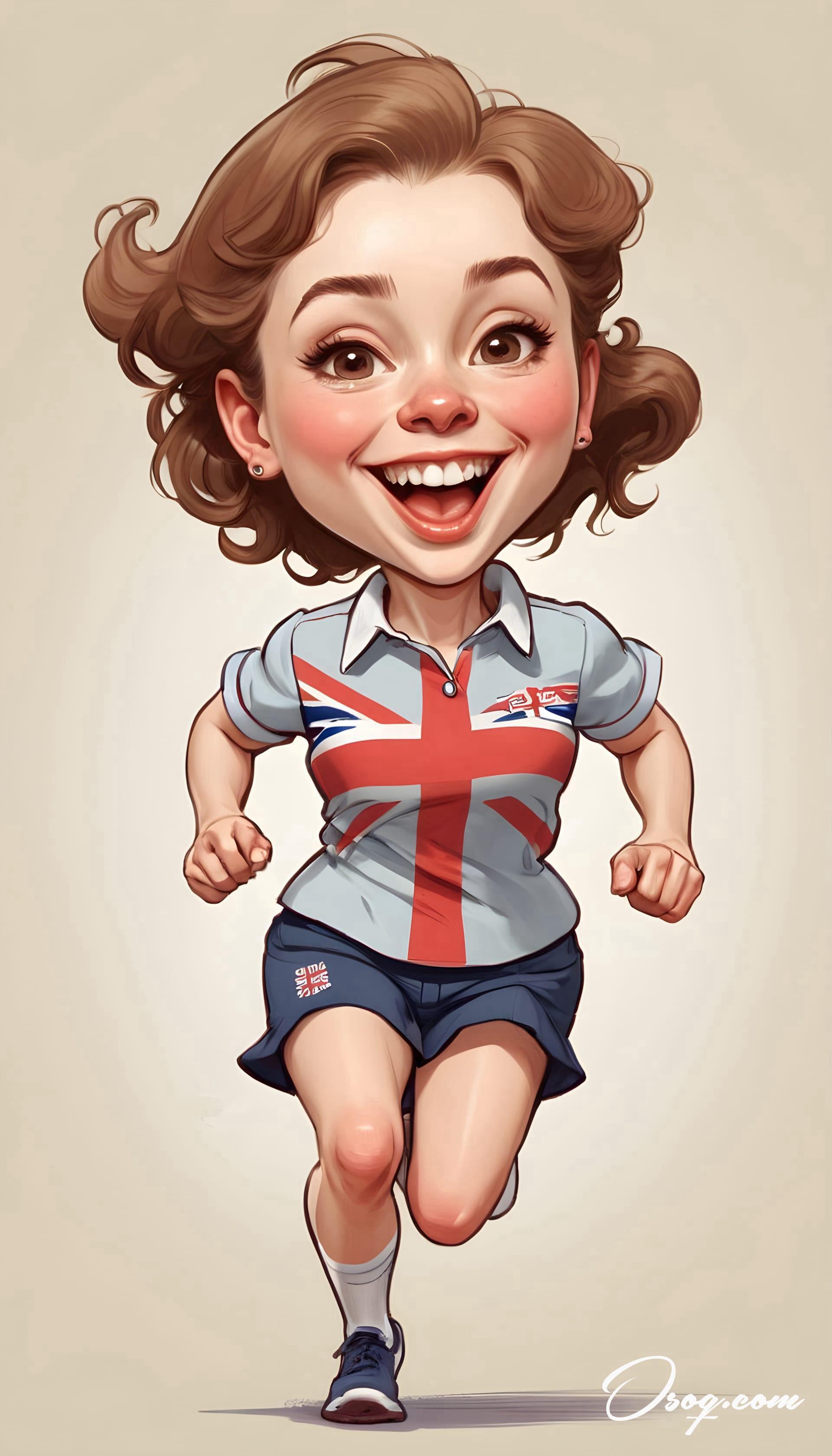
The tradition of the annual Christmas pantomime, while not a cartoon, shares the satirical and humorous spirit of British comics and has influenced the tone and style of many England cartoons.
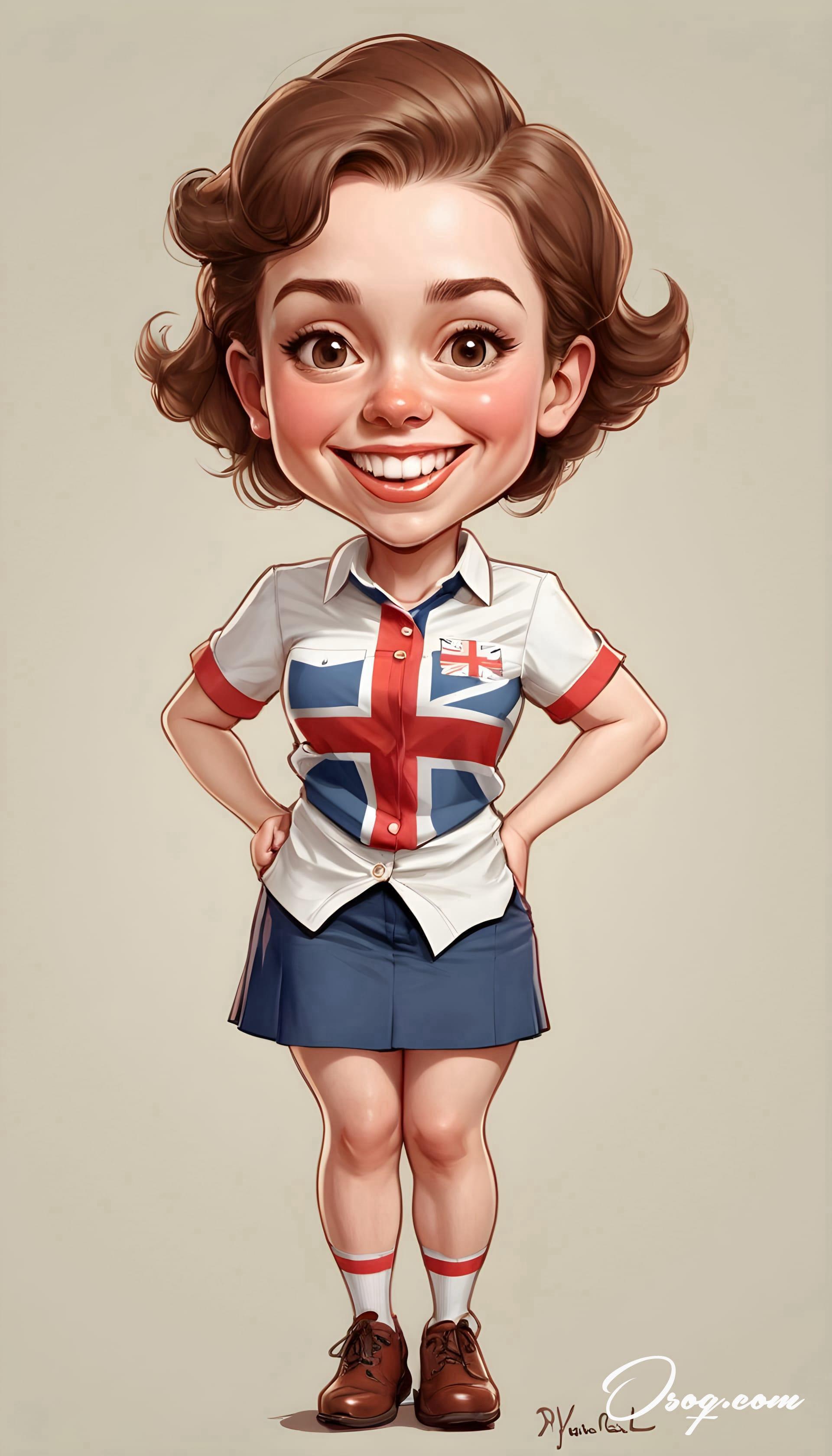
British humor, often characterized by its irony, sarcasm, and self-deprecation, is a critical ingredient in the success and distinctiveness of England cartoons, setting them apart from their American and European counterparts.
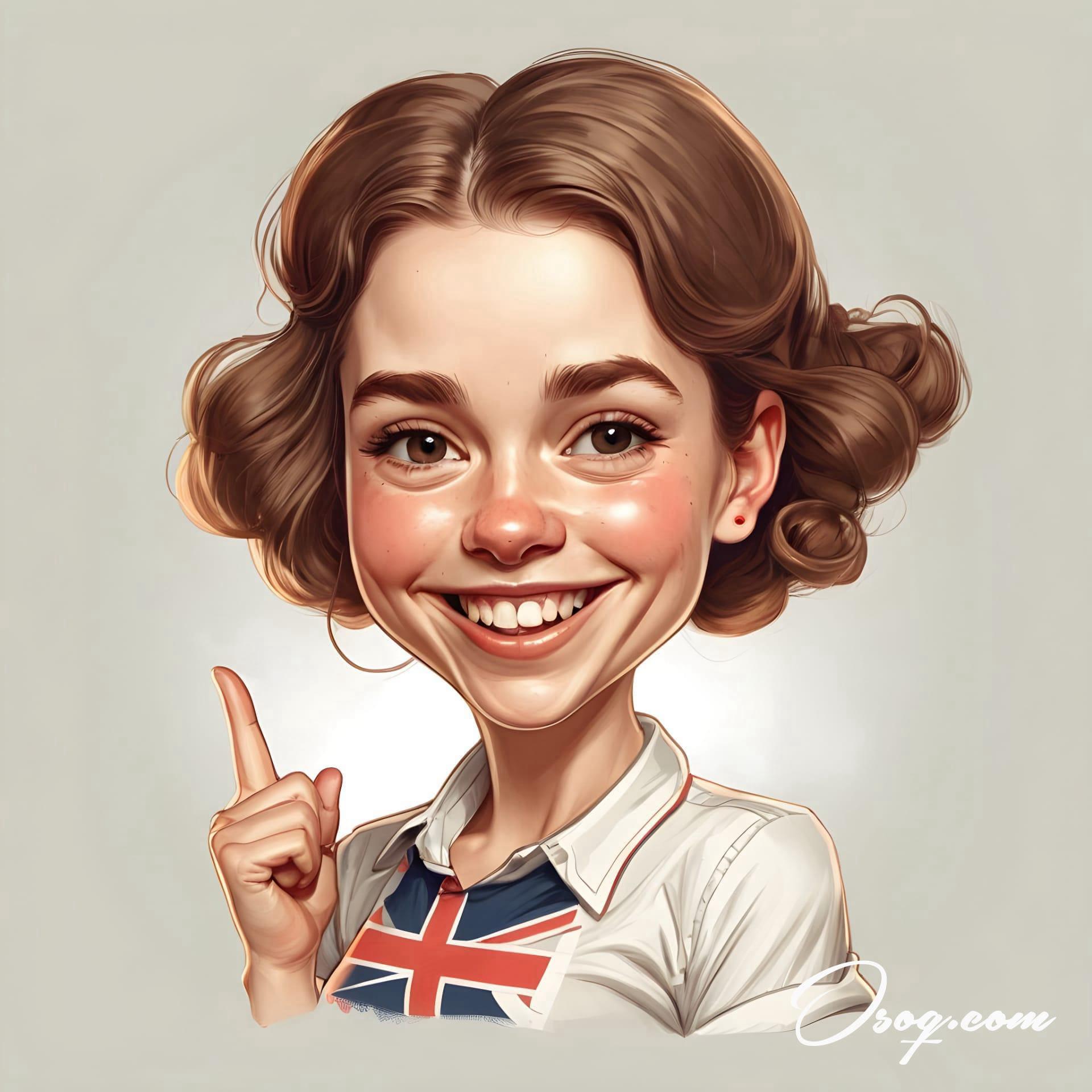
The influence of England cartoons extends beyond entertainment, with educational comics like "Horrible Histories" making learning fun and engaging for kids, covering topics from the Tudors to the Trojans.

The Royal Society for the Encouragement of Arts, Manufactures and Commerce (RSA) has used animated England cartoons to illustrate and disseminate complex ideas in economics, psychology, and philosophy, making them accessible to a broader audience.

In the digital age, England cartoons have embraced new platforms, with webcomics and animations finding a global audience through social media and content sharing platforms, demonstrating the adaptability of the medium.
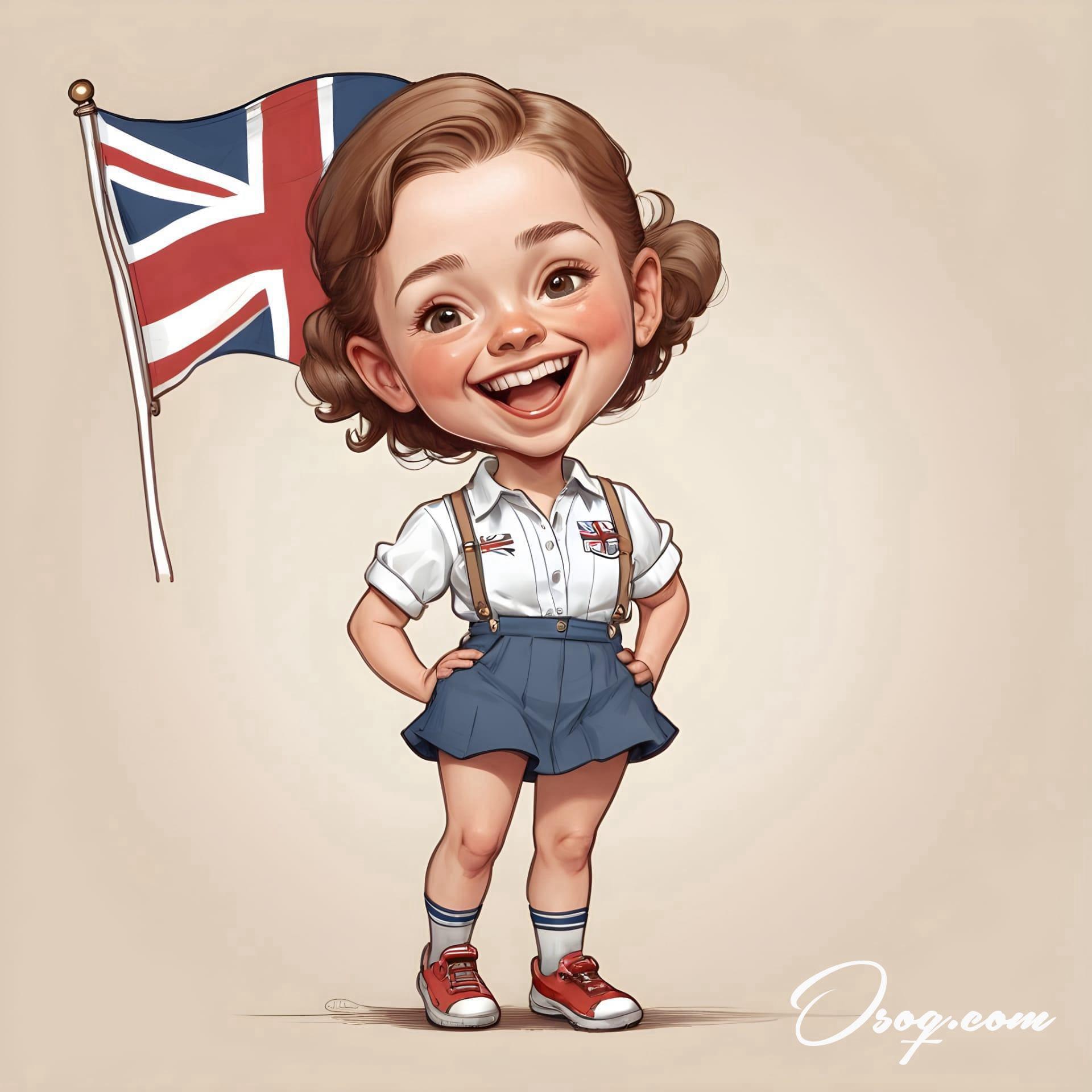
The art style of England cartoons is diverse, ranging from the detailed and realistic to the abstract and surreal, reflecting the wide range of influences from across the British Isles and beyond.
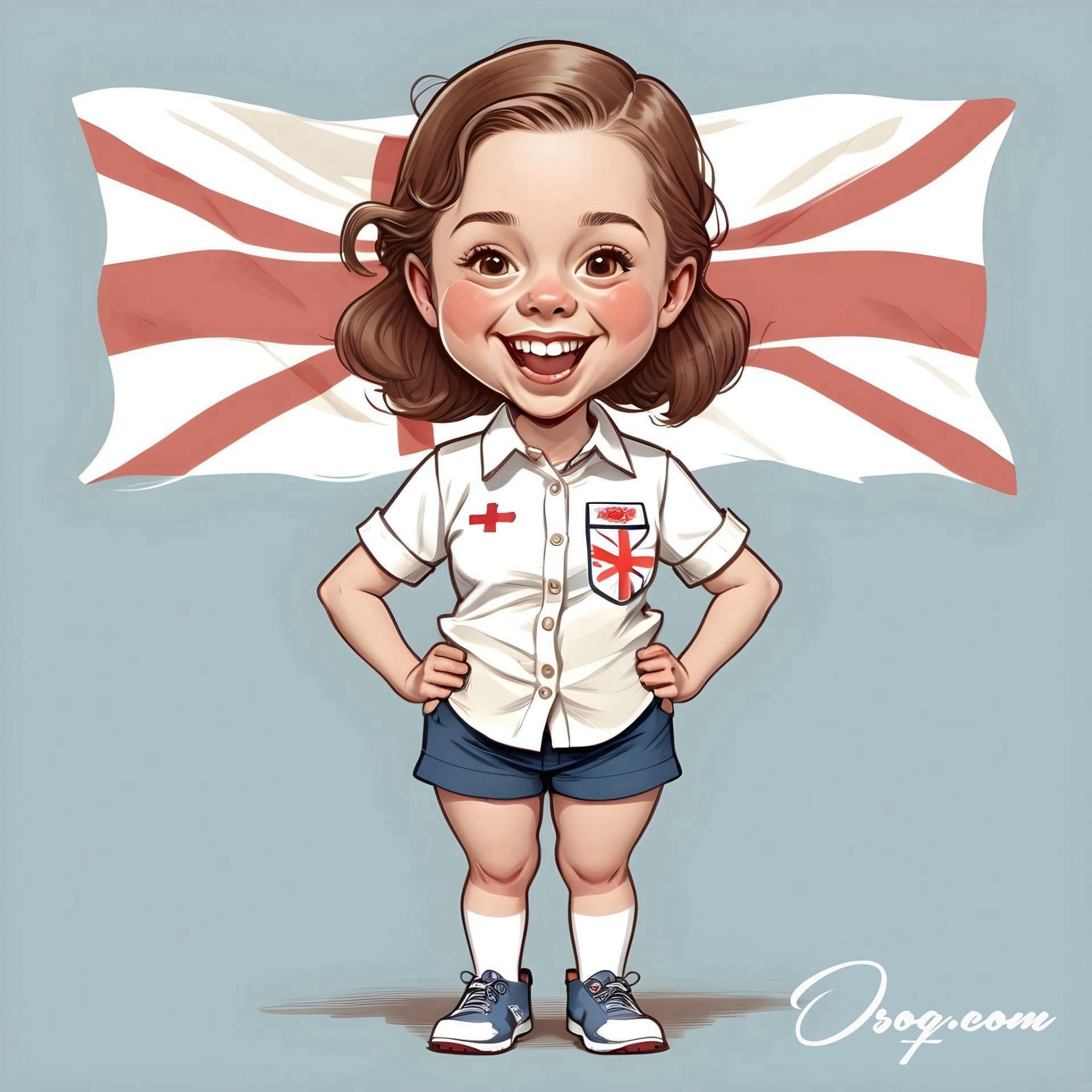
Fan culture around British cartoons is vibrant and active, with conventions, online communities, and fan art contributing to the ongoing popularity and appreciation of these works.
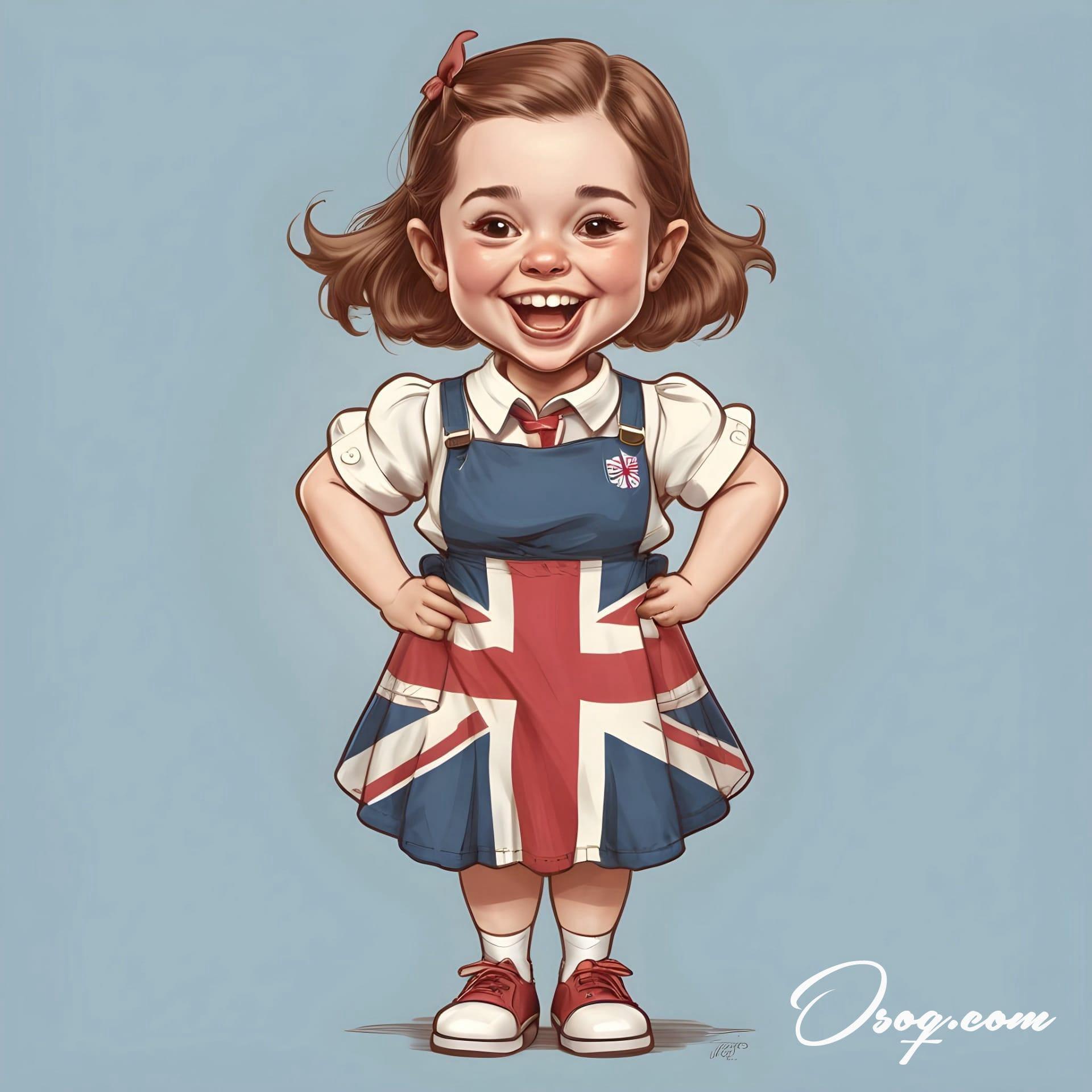
Merchandising has played a significant role in the economy of cartoons, with characters from England cartoons appearing on everything from T-shirts and mugs to stamps and coins, showcasing their cultural impact.
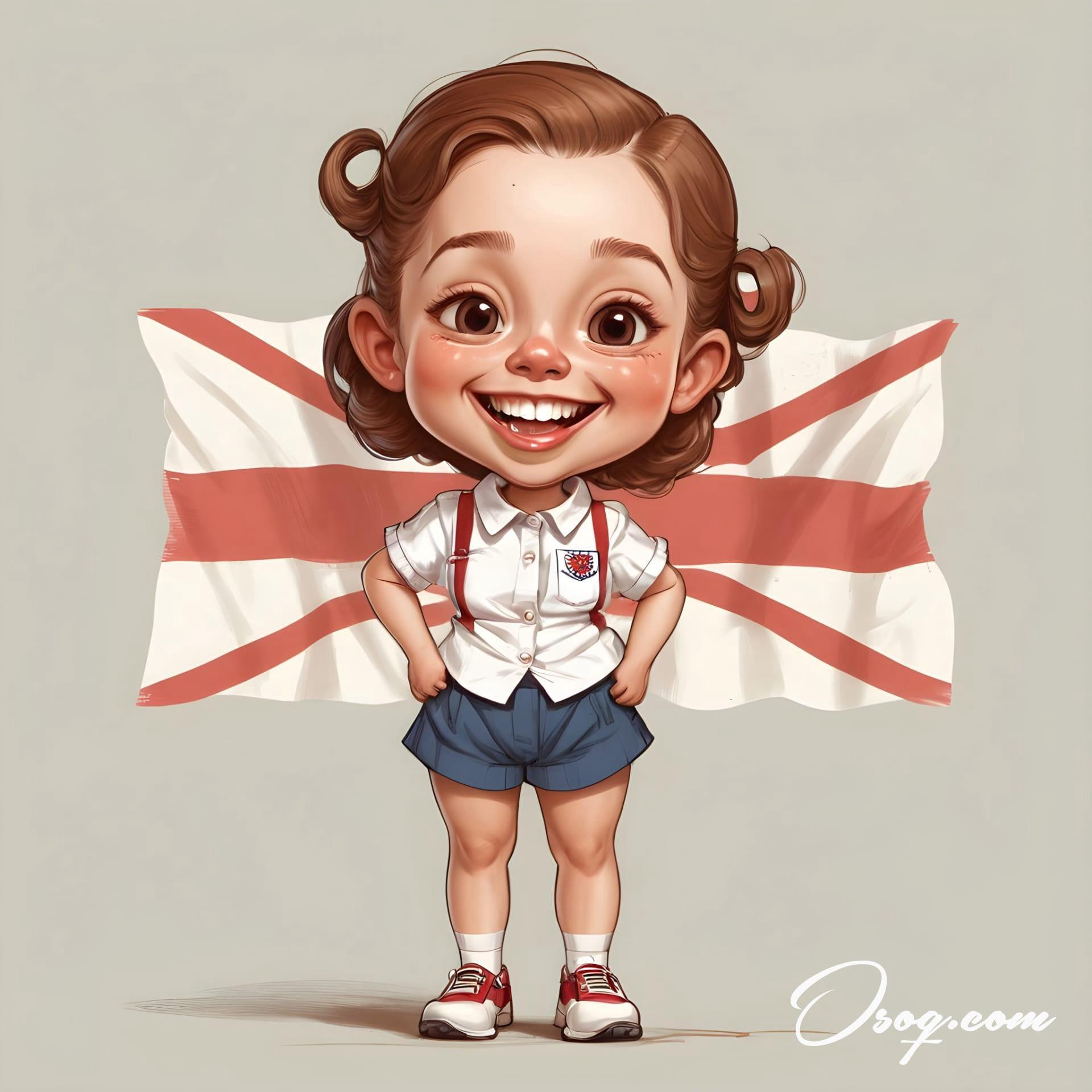
Crossover projects between British cartoonists and international artists have led to innovative collaborations, blending different styles and traditions to create new and exciting works.
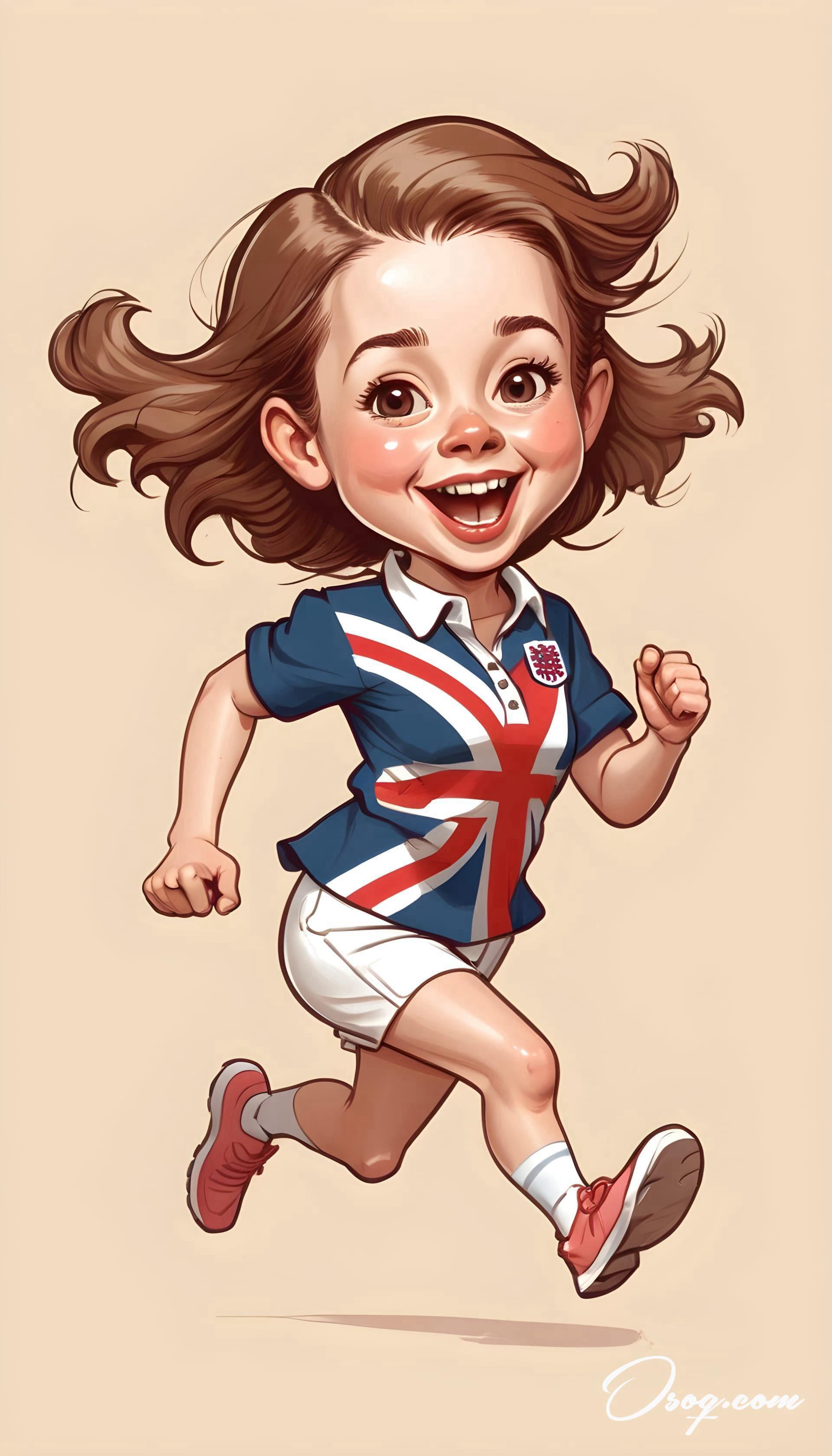
With the ever-evolving landscape of media and technology, England cartoons continue to adapt and thrive, proving the enduring appeal and relevance of this creative form.